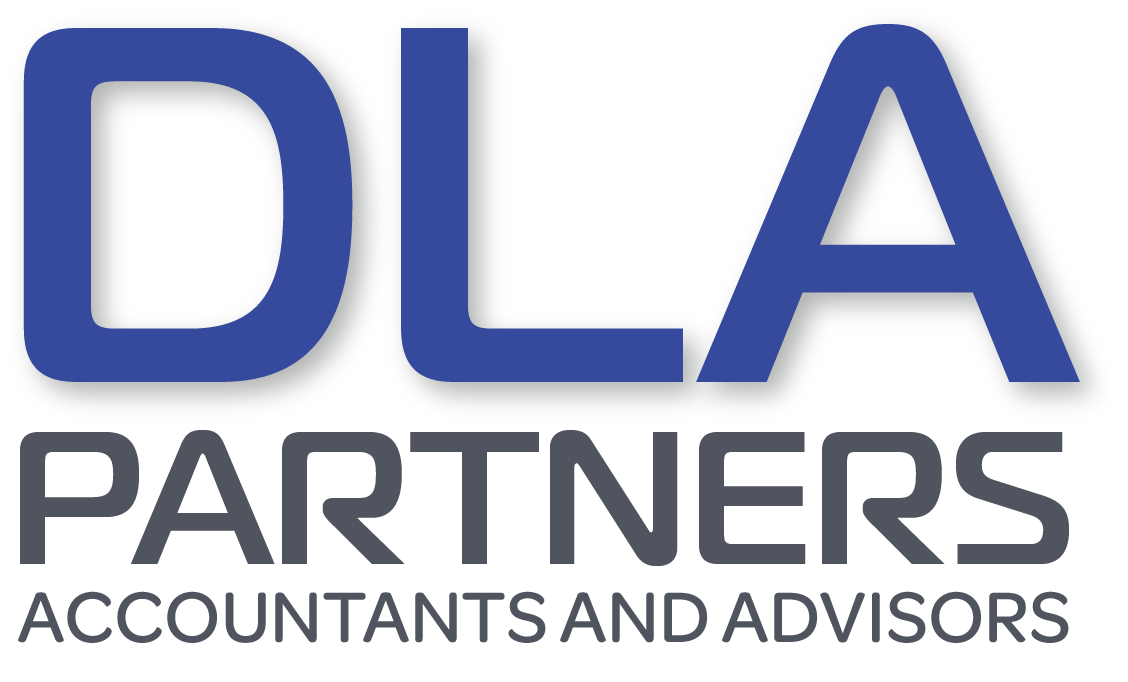On 14 April 2020 the ATO announced the basic mechanism that they will be using to track and pay employers the amounts under the JobKeeper Program. There are a number of matters they are still working on and we will update you once more information is available.
https://www.ato.gov.au/General/JobKeeper-Payment/
Key elements of the program and how employers will collect the money to pay staff is listed below. We urge you to contact your DLA team to discuss your specific situation and how JobKeeper may be available to you as each situation will be different.
Key Elements
The JobKeeper payment is open to eligible employers to enable them to pay their eligible employee’s salary or wages of at least $1,500 (before tax) per fortnight. The process of registering for, enrolling in and claiming the JobKeeper payment involves three steps:
Step 1. Register your interest for JobKeeper – https://www.ato.gov.au/Job-keeper-payment/
Step 2. Enrol in the JobKeeper Scheme – use the online form that the ATO has announced will be available after 20 April 2020 – https://www.ato.gov.au/General/JobKeeper-Payment/Employers/Enrol-and-apply-for-the-JobKeeper-payment/
Step 3. Apply to the ATO to claim the JobKeeper payment after 4 May 2020 using the ATO portal – https://bp.ato.gov.au/
Both step 2 and 3 require use of the business portal to register and report monthly (this will require the use of MyGovID). As tax agents DLA can assist with this if you do not have access to the business portal or a MyGovID. Please speak to your DLA team to discuss how we can help you.
Payments
- Eligible employers who chose to participate in the JobKeeper program will be reimbursed a fixed amount of $1,500 per fortnight for each eligible employee and will need to pay eligible employees a minimum of $1,500 (before tax) per fortnight to claim the JobKeeper payment.
- The ATO has advised they will accept that an employee has been paid if they are paid in full by the end of April.
- JobKeeper payments will be paid to the employer in arrears each month by the ATO. The first payments to eligible employers will commence in the first week of May 2020.
- If employers do not continue to pay their employees for each pay period, they will cease to qualify for the JobKeeper payment.
- Turnover is the GST turnover as reported on the BAS (GST and GST-free income) and input taxed income (eg residential rents would generally be excluded).
- Sole traders can also be eligible for the JobKeeper payment and the ATO will provide more detail in coming days.
- Business owners who are engaged in their business but who are not employees can also be eligible (only one per entity – partnership, trust or company) and again the ATO will provide more detail in coming days.
- The fall in turnover requirement only has to be measured and satisfied once and you do not need to retest each month. The ATO will provide more detail on the GST Turnover requirements and how to measure the fall in turnover in coming days.
To calculate the fall in turnover for the first fortnight starting 30 March 2020 you can compare either:
- GST turnover for March 2020 with GST turnover for March 2019
- GST turnover for April 2020 with GST turnover for April 2019 projected
- Turnover for the quarter starting April 2020 with GST turnover for the quarter starting April 2019
The payments will be made for each eligible employee as per the table below
| Payment date | Amount per employee |
| May | $3,000 (for fortnights starting 30 March and 13 April) |
| June | $3,000 (for fortnights starting 27 April and 11 May) |
| July | $3,000 (for fortnights starting 25 May and 8 June) |
| August | $3,000 (for fortnights starting 22 June and 6 July) |
| September | $4,500 (for fortnights starting 20 July, 3 August and 17 August) |
| October | $3,000 (for fortnights starting 31 August and 14 September) |
To be eligible for the JobKeeper payment, employers and their employees must meet a range of criteria. https://www.ato.gov.au/General/JobKeeper-Payment/
Talk to us about The JobKeeper Payment and other support available to your business.
This information does not constitute financial or legal advice and is for general information purposes only. Please contact DLA Partners for specific advice relating to your particular circumstances.

